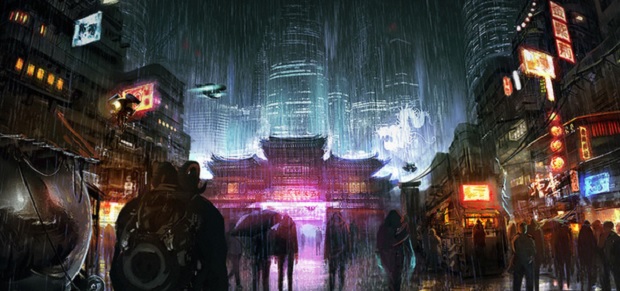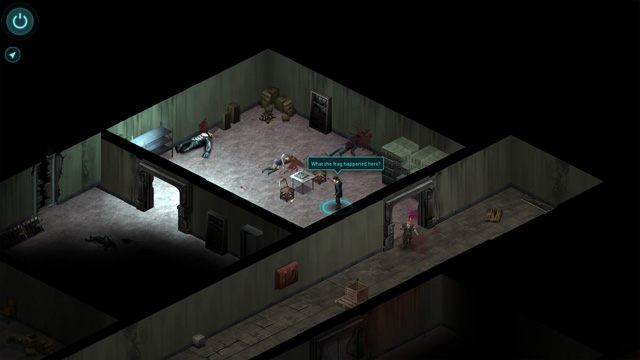
It's rather refreshing, and most of the portraits work well with the game's setting. Many of these portraits are based on photos of Kickstarter backers, which means the characters represent people (and elves, dwarfs, trolls, and orks) of a variety of ages, races, and body types rather than the idealized artist-created images we usually see. Character portraits fare a lot better, conveying a lot of personality. Character models and animations are a bit archaic looking, though. The lighting effects are particularly nice, lending a lot of atmosphere to the game's different areas. The game looks surprisingly good for something composed of modular tilesets built with the same editor that was released to the public. We likely won't see the best of what the community can do for months, however. There are already numerous mods and adventures available on the Steam Workshop, with the promise that talented community members will create interesting content that greatly expands on the game's play value. This is frustrating enough that it will turn some players off the entire game, which is a shame.Īlthough it's beyond the scope of this review to go in-depth with Shadowrun Returns' included editor, I'd be remiss not to mention it. An unexpected enemy or stroke of bad luck can easily finish off the poor Decker, and with limited resources to work with, the player will generally need to reload the entire mission segment at that point. It would be particularly useful during several missions in which a Decker character needs to run around in the digital Matrix while the rest of the party attempts to protect that character from waves of physical enemies. As mission areas become longer and more difficult in the late game, however, the ability to save at will is sorely missed. It has a somewhat opaque auto-save feature, and that's sufficient early in the game.


More importantly, Shadowrun Returns lacks a save-anywhere feature.


 0 kommentar(er)
0 kommentar(er)
